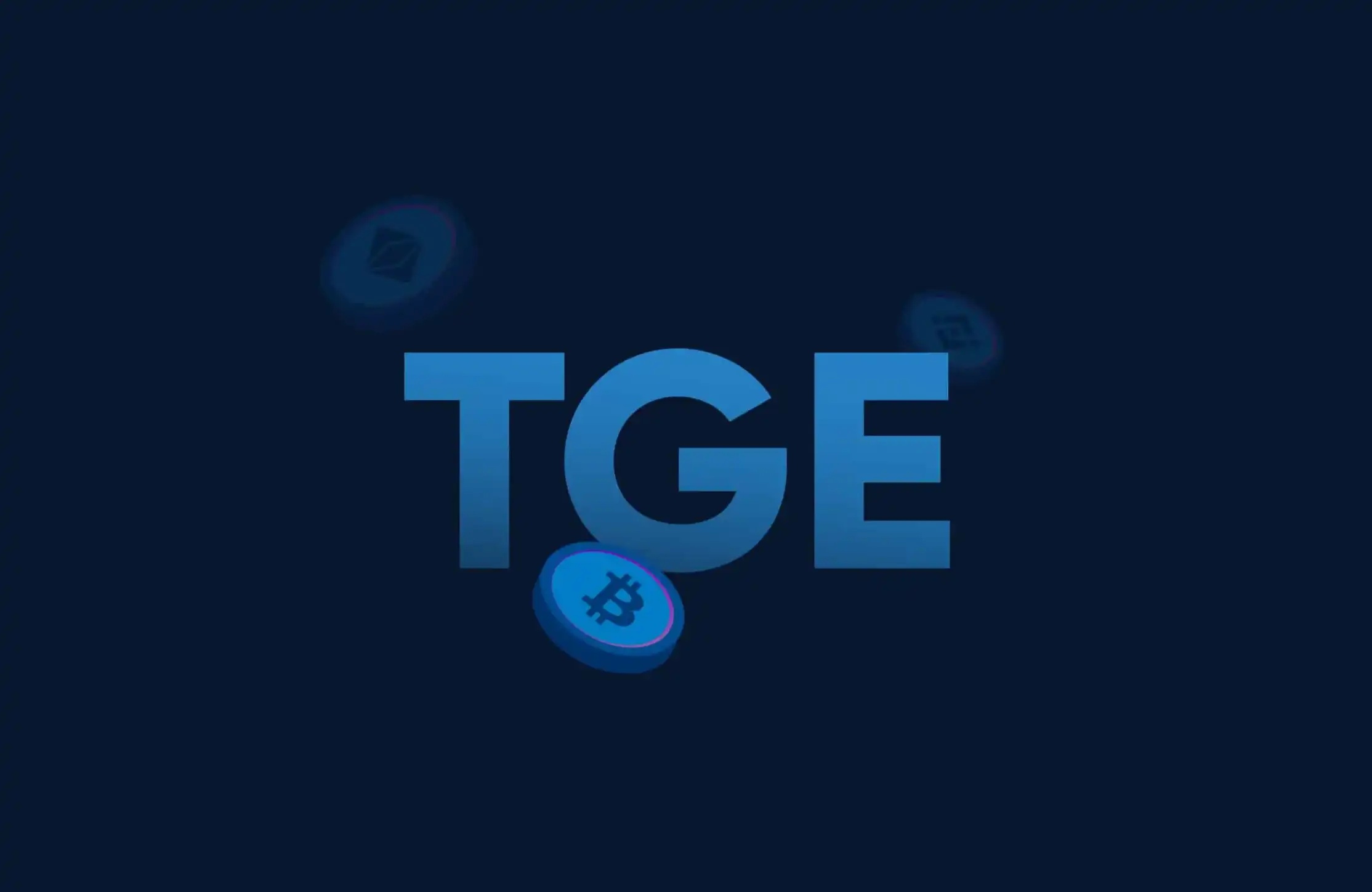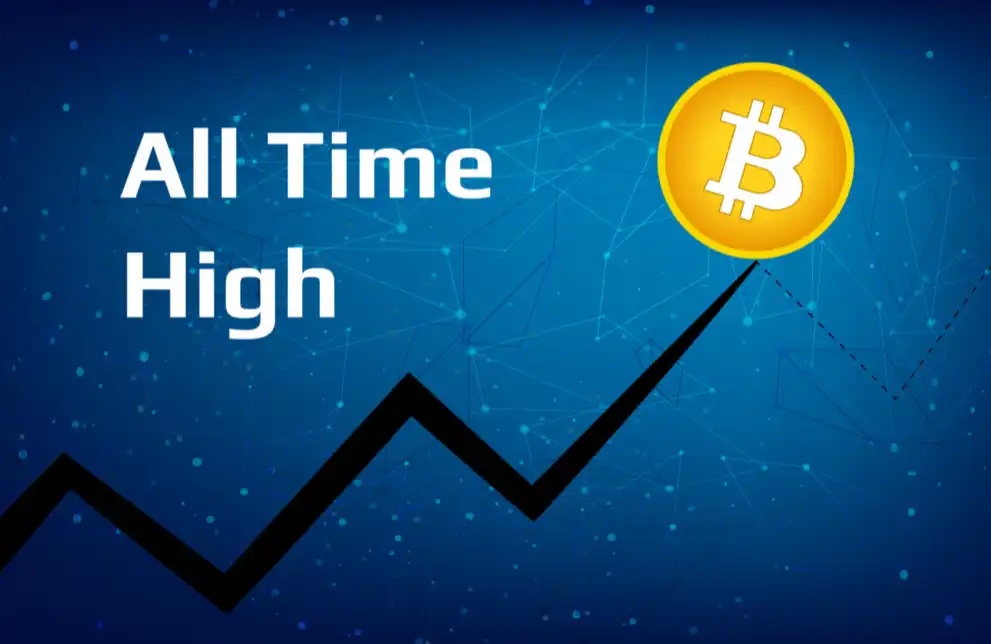After Bitcoin's New All-Time High, How Will October's Market Fare? | Trader's Insight
On October 6, Bitcoin forcefully broke through $125,000, once again hitting a new all-time high, marking the official start of a new round of frenzy in the market. Alongside BTC's surge, mainstream altcoins such as Aster and BNB saw a comprehensive surge, with significant liquidity flowing back to the BSC chain, bringing market sentiment back to the hottest stage of the year. The brief downturn caused by the U.S. government shutdown earlier has now been completely engulfed by a "FOMO-style rally."
From a macro perspective, loose expectations are providing solid support for risk assets. According to CME FedWatch data, as of now, the probability of rate cuts in October and December stands at 94.1% and 84%, respectively. The market widely believes that the Federal Reserve has entered the "pre-communication phase" before a policy turning point, with fiscal and liquidity easing becoming the main theme. With the U.S. labor market weak, pressure easing on the debt ceiling, ongoing liquidity injections from the Treasury Department, and signs of a decline in real interest rates in the dollar, funds are accelerating their exit from the money markets and flowing back into stocks and crypto assets. This round of gains is both an early response to rate cut expectations and liquidity restart and a typical "fund-driven bull market."

Next, BlockBeats has compiled traders' views on the upcoming market situation to provide some directional reference for your trading this week.
@CryptoHayes
In his latest article "Long Live the King," Arthur Hayes systematically elaborated on the evolutionary logic of the Bitcoin price cycle, proposing the view that "the four-year halving cycle is dead, and the liquidity cycle is upon us." He pointed out that historically, the three Bitcoin bull-bear transitions were essentially driven by the expansion and contraction of liquidity in the U.S. dollar and Chinese yuan, rather than the block reward halving. From 2009 to 2013, the Federal Reserve first initiated quantitative easing (QE) and China's credit stimulus, jointly driving the birth of Bitcoin and the first bull market; from 2013 to 2017, the surge in Chinese credit sparked the ICO boom until the currency tightening burst the bubble; from 2017 to 2021, the "big stimulus" of the Trump and Biden era created the largest liquidity expansion in history, propelling Bitcoin to hit a new all-time high.

Looking ahead to 2025, Hayes believes the world is returning to a "loose narrative" once again. The U.S. Treasury Department is releasing tens of trillions of dollars in liquidity through the issuance of short-term government bonds, and the Federal Reserve is forced to restart rate cuts in the context of high inflation; China, under pressure from a real estate downturn and deflation, is once again easing credit and stimulating domestic demand. Against the backdrop of dual loose monetary policies in the two major economies, funds are inevitably set to return to the risk asset markets.
@Jackyi_ld
Liquid Capital Founder Jacky Lee expressed in a post that a major buying opportunity is coming, advising to patiently wait and shield oneself from the noise. Sell when there is a lot of buzz and buy when there is little interest. Seize good assets and then long them. The three major assets that surpass the cycles in the crypto world are: Public Blockchains (BTC, ETH, etc.), Exchanges (BNB, Aster, etc.), Stablecoins (WLFI, Tether Equity, etc).
@Phyrex_Ni
The current upswing in the risk market is fundamentally a result of the market "prematurely pricing in" the Fed's loosening expectations. The U.S. government shutdown and Trump's job cut plan led investors to bet on an October rate cut. U.S. stocks, cryptocurrencies, and gold all rose in unison, but this "mourning news, joyful events" market is mostly emotion-driven. In reality, the Fed is still in a high-rate cycle, sticky inflation is rising, wage growth is slowing, real purchasing power is declining, and soft labor market data instead exposes structural economic risks.
From a macro perspective, the U.S. fiscal deficit continues to expand, with both U.S. bond yields and the U.S. dollar index rising, while gold prices strengthen simultaneously, reflecting global funds seeking U.S. dollar safe havens and harboring doubts about the U.S.'s long-term solvency. In the short term, the data vacuum caused by the shutdown will continue to maintain optimism, with funds likely to continue flowing into risk assets, but this is only a "prosperity without data." Once inflation data returns to high levels, the Fed will be forced to tighten policy, and the market may face a sudden reversal.
@Corsica267
The root of the current economic problem in the U.S. lies in the structural contradiction between weak demand and high debt. Long-term low interest rates and productivity improvements have weakened investment returns and widened the wealth gap, while aging and slowing consumption further suppress growth momentum. Faced with this "high debt + low growth" dilemma, Treasury Secretary Bennett is resolving the debt through a "financial repression" strategy: capping interest rates, tolerating inflation, attracting passive buyers in order to ensure that the economy's nominal growth rate exceeds financing costs, thereby "eroding" the debt burden.
This has led the market into a mismatched pattern where "nominal rate cuts ≠ actual easing." Even if the Fed cuts rates, if inflation expectations fall faster, real interest rates rise, resulting in passive tightening. The current division of labor between the Fed and the Treasury is: the former stabilizes livelihoods, while the latter stabilizes national debt. Fiscal largesse supports asset prices, while the Fed faces a difficult trade-off between employment and inflation.
On the asset side, tech stocks and gold can resonate in an uptrend. Tech stocks rely on a declining discount rate and long-term growth imagination, forming a "productivity bubble"; gold, on the other hand, benefits from a low real interest rate and increasing institutional uncertainty, creating a "dual premium." The joint rise of the two essentially reflects the pricing consensus of the era of financial repression—where capital expects a decline in real yield, and hedging and growth become the only certainties.
The future trend depends on:
If inflation is under control and financial repression continues, risk assets and gold still have support;
If inflation resurges and real interest rates rise, the bubble will be forced to unwind.
In short, this is an era where financial repression is exchanged for growth, where institutional premium supports assets—prosperity and risk coexist, the peak of valuation is also the nadir of institutional trust.
@JPMorgan
In a report on October 1st, J.P. Morgan analysts pointed out that Bitcoin is expected to continue its uptrend. The reason is the resurgence of the so-called "currency debasement trade"—where retail and institutional investors, amidst concerns of geopolitical uncertainty, global high debt levels, and the weakening of the U.S. dollar's dominance, tend to hedge risks by allocating to gold and Bitcoin.
Looking more broadly, several recent developments in the crypto industry indicate its steady integration into the mainstream financial system, including the launch of multiple new crypto ETFs and the rise of "crypto treasury stocks," showing that capital markets' acceptance and involvement in this area continue to grow.
Welcome to join the official BlockBeats community:
Telegram Subscription Group: https://t.me/theblockbeats
Telegram Discussion Group: https://t.me/BlockBeats_App
Official Twitter Account: https://twitter.com/BlockBeatsAsia


 Forum
Forum Finance
Finance
 Specials
Specials
 On-chain Eco
On-chain Eco
 Entry
Entry
 Podcasts
Podcasts
 Activities
Activities
 OPRR
OPRR









